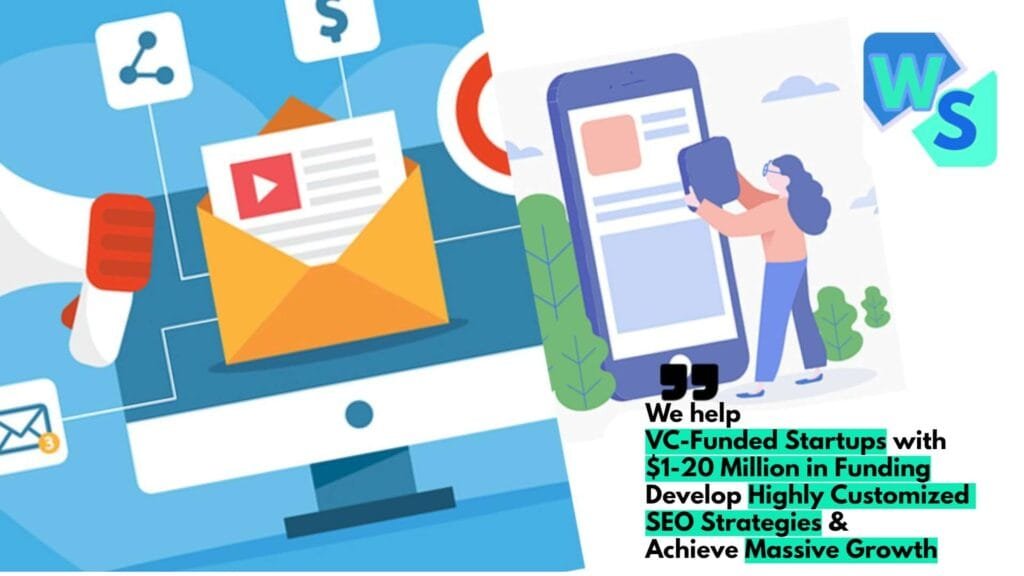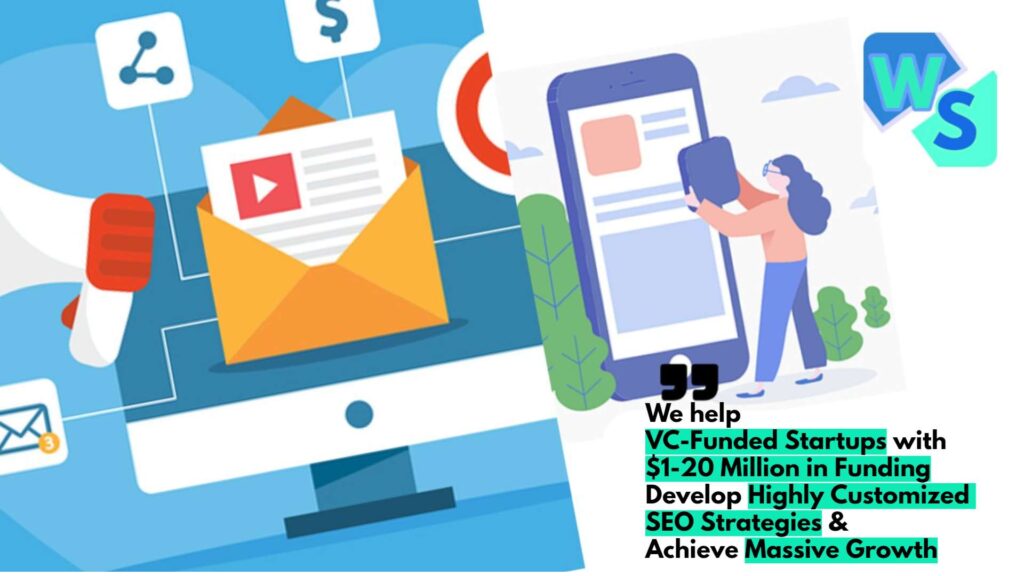Importance of Brand Loyalty
Brand loyalty is a significant driver of business success. Understanding the benefits of customer loyalty can help you formulate effective strategies that enhance your company’s financial performance.
Revenue Generation by Existing Customers
Existing customers are a vital asset to your business. They can generate up to 65% of total revenue through repeat purchases, underscoring the significance of investing in customer loyalty programs to stimulate growth (Helpware).
| Customer Type | Revenue Contribution |
|---|---|
| Existing Customers | 65% |
| New Customers | 35% |
Customers enrolled in loyalty programs have shown to spend 12-18% more than those who are not part of such programs (Hashgrowth). This increased spending reinforces the importance of establishing and maintaining robust brand loyalty as part of your marketing strategies.
Impact on Profit Margins
Brand loyalty not only aids in revenue generation but also significantly influences profit margins. Companies with strong brand loyalty scores experience revenue growth at a rate 2.5 times faster than that of their industry competitors. Additionally, these companies deliver two to five times the returns to shareholders over a ten-year period.
The relationship between loyalty and profitability is evident when you consider the cost-effectiveness of retaining customers. Word-of-mouth marketing, driven by loyal customers, can generate business without additional marketing costs, proving to be a valuable asset (Investopedia).
Having a solid foundation in brand loyalty can thus lead to enhanced profit margins, demonstrating that investing in customer loyalty management is crucial for sustainable growth in your business. For a deeper understanding of how to build strong customer loyalty, visit our article on building brand loyalty.
Benefits of Customer Loyalty
Developing and maintaining strong customer loyalty offers several tangible benefits for businesses. From marketing advantages to cost efficiencies, the implications of loyal customers are far-reaching.
Word-of-Mouth Marketing
One of the most powerful benefits of customer loyalty is the generation of word-of-mouth marketing. Satisfied customers are more likely to share their positive experiences with friends, family, and colleagues. This organic promotion has the potential to turn your loyal customers into brand advocates, leading to new customer acquisition without additional advertising costs.
Data shows that engaged customers are likely to refer others, and companies that use referral marketing see an increase in conversion rates. In fact, satisfied customers can lead to an exponential increase in your brand reach, as potential customers value recommendations from those they trust.
| Marketing Method | Effectiveness |
|---|---|
| Word-of-Mouth | 5x more effective than paid advertising |
For strategies on enhancing this aspect of your business, consider reviewing customer loyalty strategies.
Customer Feedback Insights
Customer loyalty also provides valuable feedback insights. Loyal customers are more communicative about their experiences, offering critical data that can help you refine your products and services. This feedback is instrumental in driving continuous improvement and innovation within your business.
For example, 80% of shoppers are more likely to make a purchase when brands offer personalized experiences generated by customer insights (MJV Innovation). By actively listening to and addressing customer feedback, businesses can tailor their offerings to better meet consumer demands, ultimately enhancing the overall consumer experience.
| Feedback Type | Impact Level |
|---|---|
| Positive Reviews | High |
| Constructive Criticism | Medium |
Consider implementing methods to gather feedback effectively, such as surveys and direct communication. Explore resources on measuring brand loyalty for best practices.
Cost-Effectiveness
Building and maintaining customer loyalty is a cost-effective approach when compared to acquiring new customers. Research indicates that maintaining existing customers can be 5-7 times cheaper than winning over new ones. This cost-efficiency stems from the reduced need for extensive marketing efforts aimed at new customer acquisition, allowing for more resources to be allocated to nurturing loyal customers.
Moreover, loyal customers not only reduce churn rates but also tend to pay more for products and services when they believe they are receiving excellent service experiences. A study revealed that 75% of consumers are willing to pay a premium for better service, emphasizing the direct link between loyalty and profitability (MJV Innovation).
| Cost Comparison | Existing Customers | New Customers |
|---|---|---|
| Acquisition Cost | Low | High |
| Retention Efforts | Cost-effective | Resource-intensive |
For additional techniques to improve retention and nurture loyalty, consider exploring our guide on building brand loyalty.
By recognizing the manifold benefits of customer loyalty, from enhancing marketing efforts to providing crucial feedback and offering cost savings, businesses can create robust loyalty programs that reinforce their brand and drive long-term success.
Online Brand Communities
Establishing an online brand community can be pivotal in cultivating loyalty among your customers. Such communities not only enhance customer satisfaction but also foster stronger relationships with your brand.
Enhancing Customer Loyalty
Building an online brand community boosts your customer loyalty and satisfaction, ultimately leading to enhanced customer retention. When customers feel they belong to a community, their emotional connection to your brand strengthens, resulting in increased loyalty. Effective brand communities provide a platform for customers to engage with your brand and each other, creating a supportive environment that encourages repeat purchases.
Moreover, your community members may act as brand advocates, promoting your products to peers. This organic advocacy amplifies your brand’s reach, while also reducing the burden on customer service teams by providing a space for customers to assist one another.
Insight Gathering
Online brand communities are invaluable for gathering insights about your target audience. By interacting with community members, you can receive direct feedback on products, services, and marketing strategies. This data can help you make more informed decisions, adapt to customer needs, and innovate effectively.
Utilizing surveys within these communities can yield quantitative data about customer preferences and behaviors. You can apply this information to fine-tune your marketing strategies and enhance customer loyalty management. This process of continuous feedback enables you to stay connected to your audience and anticipate their needs seamlessly.
Brand Advocacy
Members of your online brand community often evolve into enthusiastic brand advocates. They promote your brand to their networks, which is essential for successful word-of-mouth marketing. Social recommendations are highly trusted; customers are more likely to try products that friends or family endorse. Encouraging loyalty through excellent service, incentivized reviews, and brand loyalty programs increases customer lifetime value and engagement.
Moreover, creating rewards within these programs—such as exclusive access to products or events—can motivate community members to share their positive experiences. This leads to more referrals and recommendations, thereby multiplying the benefits of the original brand community formation. As your brand advocates expand your reach, your brand visibility and reputation enhance, presenting cost-effective marketing opportunities through organic content. The interconnected benefits of brand communities are vital for your ongoing strategy to boost brand loyalty and propel your business forward.
CPG Loyalty Programs
Consumer Packaged Goods (CPG) loyalty programs play a vital role in fostering repeat purchases and encouraging brand allegiance among consumers. As a business executive, you should recognize the importance of implementing effective strategies to enhance customer retention through these programs.
Retention Strategies
To ensure the success of your CPG loyalty program, it’s essential to employ targeted retention strategies. These may include:
Reward Structures: Develop a rewards system that incentivizes repeat purchases. This could involve point accumulation, discounts, or exclusive offers for program members.
Engagement Initiatives: Encourage customer engagement beyond purchases. Initiatives could include contests, community involvement, or social impacts related to your brand.
Clear Communication: Ensure that you are effectively communicating the benefits and features of your loyalty program to your customers. This clarity helps in maximizing participation and satisfaction.
| Retention Strategy | Description |
|---|---|
| Reward Structures | Points, discounts, exclusive offers |
| Engagement Initiatives | Contests, community involvement |
| Clear Communication | Transparent benefits and features |
Personalization and Engagement
Personalization is paramount in increasing the effectiveness of your loyalty program. By leveraging customer data, you can tailor rewards and experiences to meet individual preferences. Consider these tactics:
Customized Offers: Provide personalized deals based on purchase history or customer inquiries, enhancing perceived value.
Targeted Content: Share tips, articles, or product suggestions that align with customers’ interests. This builds a stronger relationship and encourages loyalty.
Feedback Mechanism: Implement a platform for customers to share their thoughts on the program. This insight can guide future enhancements and deepen engagement.
| Personalization Tactic | Benefit |
|---|---|
| Customized Offers | Enhances perceived value |
| Targeted Content | Builds stronger relationships |
| Feedback Mechanism | Guides future enhancements |
Overcoming Challenges
Successfully implementing a CPG loyalty program comes with its set of challenges. These may include:
Fierce Competition: You must differentiate your loyalty program from competitors. Focus on unique rewards and engaging experiences that set your program apart.
Evolving Consumer Preferences: Regularly monitor and adapt to consumer trends and preferences. This agility can help maintain relevance in a crowded market.
Effective Communication: Properly communicate the benefits of your loyalty program. Engage customers through various channels to ensure they are aware of and understand what you offer.
To address these challenges, consider reviewing existing brand loyalty programs for innovative ideas and adapting strategies based on brand loyalty statistics. Building a successful CPG loyalty program requires a dedicated effort to create meaningful connections with your customer base—one that rewards loyalty and fosters engagement.
Word-of-Mouth Marketing Strategies
Harnessing the power of word-of-mouth marketing can significantly enhance your brand loyalty benefits. Two crucial strategies in this domain are trust building and influencer engagement.
Trust Building
Trust is a pivotal element in customer relationships. Research indicates that 88% of people worldwide trust recommendations from friends and family above all other forms of advertising. This statistic underscores the immense power of word-of-mouth marketing as a tool for fostering trust.
To build trust effectively, consider implementing the following strategies:
| Strategy | Description |
|---|---|
| Excellent Customer Service | Providing exceptional service can lead to positive experiences that customers are likely to share with others. |
| Incentivized Reviews | Encourage customers to leave reviews by offering rewards such as discount coupons or loyalty program points. |
| Transparency | Being open about business practices and policies can enhance credibility and build trust over time. |
| Addressing Negative Feedback | Promptly responding to concerns and resolving issues can demonstrate that you value customer opinions and are committed to improvement. |
In 2024, more than half of US customers rely on customer reviews when making purchasing decisions. By encouraging positive reviews and testimonials, you can significantly improve your brand’s reputation and appeal in the marketplace.
Influencer Engagement
Influencer marketing represents another effective strategy for leveraging word-of-mouth. Engaging with influencers allows you to tap into their established trust and reputation with their followers.
Key points to consider in influencer engagement are:
| Aspect | Detail |
|---|---|
| Choose Relevant Influencers | Select influencers whose audience aligns with your target market to ensure authenticity in their endorsements. |
| Develop Collaborative Campaigns | Work with influencers to create campaigns that resonate with both their audience and your brand narrative. |
| Monitor Engagement | Assess the effectiveness of influencer partnerships through engagement metrics such as likes, shares, and comments to gauge their impact. |
Influencer marketing is not just about promoting products; it’s about creating a narrative that both the influencer and your brand support. This creates a community feeling among consumers, which can strengthen brand loyalty.
By implementing these strategies in your marketing plan, you can effectively utilize word-of-mouth marketing to boost brand awareness and foster customer loyalty. For further insights, explore our resources on customer loyalty strategies and brand loyalty programs.
Business Growth through Loyalty
Revenue Growth
Understanding the brand loyalty benefits is crucial for driving revenue growth. Companies with strong brand loyalty demonstrate revenue growth rates that outperform their competitors. Research indicates that customers enrolled in loyalty programs tend to spend 12-18% more than their non-loyalty counterparts (Hashgrowth). This uptick in spending not only contributes to immediate revenue increases but also establishes a foundation for sustained growth over time.
| Loyalty Program Type | Increased Spending (%) |
|---|---|
| General Loyalty Programs | 12 – 18 |
In addition, an increase in brand loyalty by just 7% can lead to an impressive 85% boost in customer lifetime value (CLV) (Investopedia). This significant increase underscores how loyalty translates into long-term financial benefits.
Furthermore, companies that score high on both brand loyalty and customer loyalty see revenues grow 2.5 times faster than industry peers (Investopedia). Such statistics reveal the potential of loyalty strategies.
Return on Investment
The connection between brand loyalty and a robust return on investment (ROI) becomes evident when examining customer retention statistics. A study found that enhancing customer retention rates by a mere 5% can yield a 25-29% boost in revenue. This correlation demonstrates that investing in customer loyalty strategies directly impacts revenue and ROI.
Additionally, the ongoing benefit of established loyalty can manifest itself in lower marketing costs. Loyal customers are more likely to engage in repeat purchases and become advocates for the brand, reducing the need for expensive customer acquisition efforts.
In summary, as you enhance your brand loyalty initiatives, you can expect substantial returns in terms of both revenue growth and overall investment efficiency. To learn more about effective loyalty strategies, explore resources on customer loyalty strategies and creating brand loyalty.
Building Customer Trust
Establishing and maintaining customer trust is essential in cultivating brand loyalty benefits. When customers trust a brand, they are more likely to remain loyal, leading to a reduction in turnover rates and increased revenue.
Consistent Delivery
Consistent delivery of products or services is fundamental in earning trust. Customers expect brands to meet their expectations reliably. Any discrepancies can erode your hard-earned trust. According to Forbes, brand loyalty begins with trust and can be lost based on various interactions throughout the customer journey.
| Key Factors of Consistent Delivery | Impact on Trust |
|---|---|
| Quality Assurance | Builds confidence in product/service |
| Timeliness | Ensures reliability and meets customer expectations |
| Transparency | Strengthens communication and reduces uncertainty |
Maintaining a standard of quality and reliability leads to a loyal customer base, which ultimately enhances profitability. Brand loyalty contributes to long-term customer retention, as evidenced by LoyaltyXpert.
Delivering on Promises
Executing what you promise is a vital aspect of building customer trust. Customers appreciate brands that deliver on their commitments, which solidifies their loyalty. Failing to meet promises can lead to dissatisfaction and disengagement.
A study shows that brands that consistently meet customer expectations see a decrease in attrition rates. Loyal customers not only tend to spend more, but they also promote the brand to potential consumers through word-of-mouth referrals, creating a cycle that reinforces brand loyalty (Forbes).
| Brand Commitment | Resulting Action |
|---|---|
| Consistent Product Quality | Increased customer satisfaction |
| Ethical Marketing Practices | Enhanced brand reputation |
| Reliable Customer Service | Improved loyalty and retention |
In summary, building customer trust through consistent delivery and fulfilling promises is integral to harnessing the benefits of brand loyalty. Focus on maintaining high standards and transparency to cultivate lasting relationships with your customers. For further insights into strategies for enhancing loyalty, consider exploring customer loyalty strategies and brand loyalty programs.
brand Values and Customer Loyalty
Corporate Citizenship
Corporate citizenship significantly impacts brand loyalty. Customers today, especially Millennials, seek brands that align with their values. According to a recent study, 80% of Millennials expect the brands they shop with to demonstrate good corporate citizenship. Furthermore, two-thirds of this demographic are willing to pay a premium for products and services from companies that engage in socially responsible practices (MJV Innovation).
This correlation indicates that social responsibility is not just a trend but a vital factor in fostering loyalty among consumers. By actively participating in community initiatives and sustainable practices, your brand can enhance its reputation and build a stronger emotional connection with your audience. To better understand this dynamic, consider the following table showcasing key statistics related to corporate citizenship and consumer behavior:
| Statistic | Percentage |
|---|---|
| Millennials expecting brands to show good corporate citizenship | 80% |
| Willingness to pay more for socially responsible brands | 66% |
Engaging in corporate citizenship initiatives can also result in positive word-of-mouth marketing, further amplifying the effectiveness of your brand loyalty strategies. For more information on implementing effective strategies, refer to our article on customer loyalty strategies.
Personalized Experiences
Personalized experiences are crucial for enhancing customer loyalty. When consumers feel valued and recognized, they are more likely to return. Brands that take the time to understand individual preferences and customize interactions are seen as more trustworthy and relatable. Utilizing data analytics can help in tailoring marketing efforts to your target audience’s needs. By customizing promotions, communication, and product recommendations, you can create a unique experience for each customer.
The following table illustrates how personalization can enhance various aspects of brand loyalty:
| Personalized Experience | Impact on Loyalty |
|---|---|
| Customized email marketing | Increased engagement |
| Tailored product recommendations | Higher conversion rates |
| Exclusive offers for loyal customers | Enhanced customer retention |
Moreover, providing personalized experiences fosters a sense of belonging and community among your customers. This not only strengthens their loyalty but also encourages them to advocate for your brand, creating a cycle of loyalty that can significantly benefit your bottom line. For more strategies on building tailored experiences, explore our insights on building brand loyalty.




















